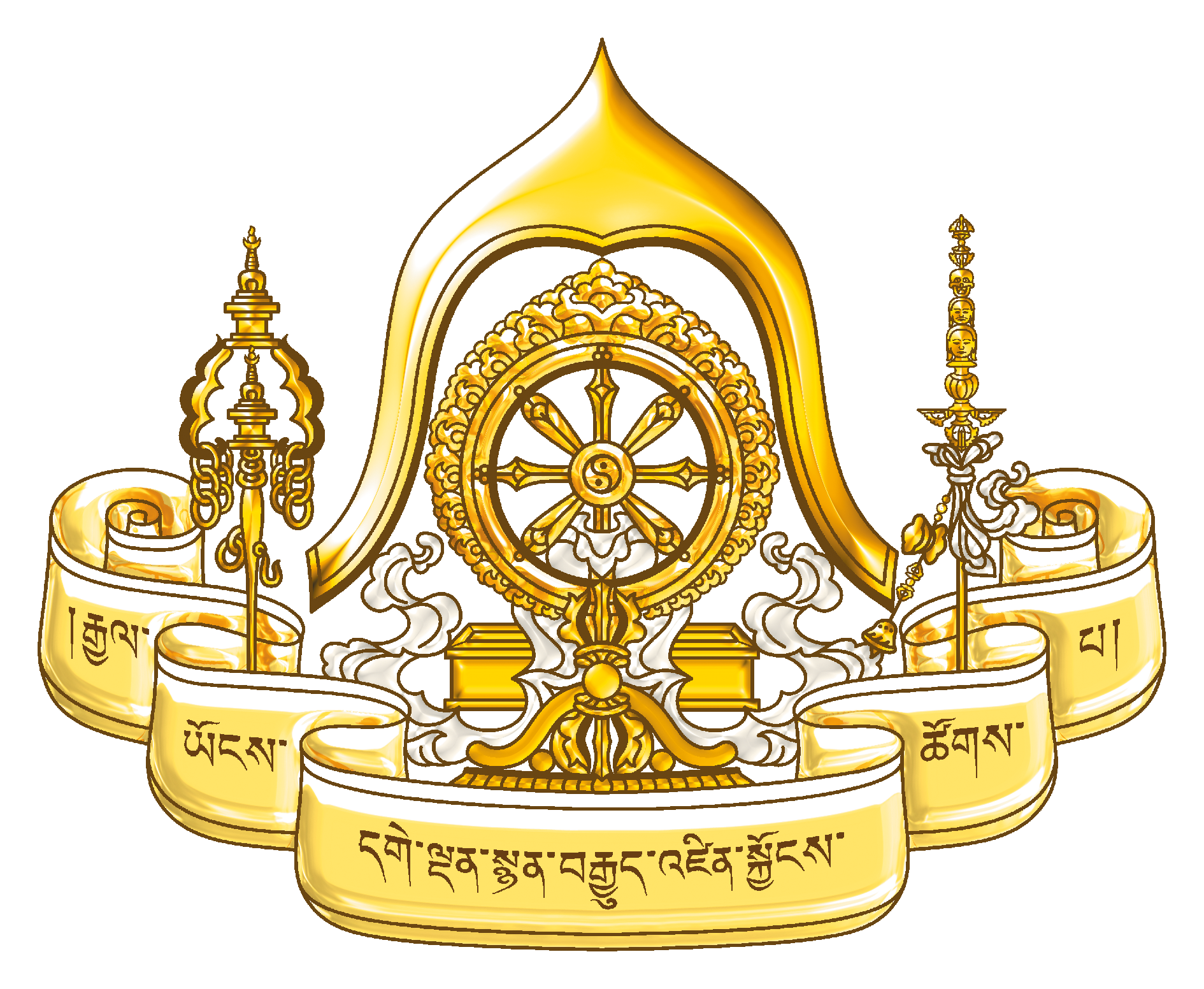Geshe Rabten Rinpoche |
|
|
"From the time I was a small child, I met monks in their maroon robes returning from the great monastic universities near Lhasa. I admired them very much. I also occasionally visited the large monastery in our region; and when I watched the monks debating, I was again filled with admiration. When I was about fifteen years old I began to notice how simple, pure and efficient their lives were. I also saw how my own home life, in comparison, was so complicated and demanding of tasks that were never finished. In order to be counted as a qualified monk in the nearby Dhargye Monastery, one had to spend at least three to four years studying and training one's mind in the Buddha Dharma in one of the three monastic universities near Lhasa. With the thought of becoming such a monk in Dhargye Monastery, I decided at the age of seventeen to go to one of these monastic universities, although at that time I had no desire to become greatly learned in the Dharma". Extract from Geshe Rabten's Biography, "Life of a Tibetan Monk", Edition Rabten When he was eighteen Geshe Rabten went on a three month journey from his birthplace in Kham in the Eastern province of Tibet to Lhasa in central Tibet where he became a monk in the monastic university of Sera. Very soon teachers and fellow students became aware of his magnificent character traits. While studying and meditating he went through unbelievable hardship. Hence teachers and fellow students gave him the name ‘Milarepa’. Due to his clear and precise way of logical debate, people compared him to Dharmakirti, the great Buddhist logical thinker. After having studied for about twenty years, he passed the Geshe exam in front of monks from the three great monasteries. He was given the title of the highest rank, ‘Geshe Lharampa’. This is the greatest honor, which is given by the examiners and by His Holiness the Dalai Lama. In 1964 Geshe Rabten was chosen to be the philosophical assistant of the H.H. Dalai Lama, whose task is to assist His Holiness when taking teachings from his two tutors as well as to engage in debate with His Holiness on philosophical subjects. In 1969 the Dalai Lama sent the first Western students to Geshe and then later, due to the amount of Western students that had accumulated he asked Geshe to move to the Tibetan monastery in Rikon, Switzerland to become the Abbot of that monastery and propagate Dharma. At that time Geshe had many Tibetan students in the big monastic universities in India and as his root-master Kyabje Trijang Rinpoche was getting old and because Geshe did not have any interest in the comfort and money of the West, he would have preferred to have stayed in India. Only when his master pointed out that his teachings would be a great blessing to the people of the West did Geshe agree to go. Geshe was the first Tibetan Buddhist master to introduce the complete Vinaya-tradition and the study of the five major topics of Buddhism to the West. Hence Geshe became the ‘path breaker’ of the complete and complex teachings of Buddhism in the West. Many masters, who are famous in the West today, were Geshe’s students, namely: Gonsar Rinpoche, Sherpa Rinpoche, Tomthog Rinpoche, Zopa Rinpoche, Lama Yeshe, Geshe Penpa, Geshe Tenzin Gonpo, Geshe Thupten Ngawang, Geshe Thubten Trinley etc. Almost unlike any other, Geshe Rinpoche was able to bring the essence of the thoughts of Buddha close to the listeners. No matter if the listener was from the West or the East, whoever followed his words felt all the unclearness disappear and in its place a clearness and calmness started to spread in one’s mind. His examples encouraged people to adopt a sincere way of acting. Whatever he explained, gave the pupil a feeling of hearing a description of the past, the future or of hearing deepest secrets as if all these things were in Geshe’s hand. Geshe founded the center for higher Tibetan studies, Rabten Choeling at the lake of Geneva (originally Tharpa Choeling), the Tibetan center in Hamburg, Tashi Rabten at the Letzehof, Puntsog Rabten in Munich and Gephel Ling in Milan. |
|
Geshe Rabten Rinpoche
